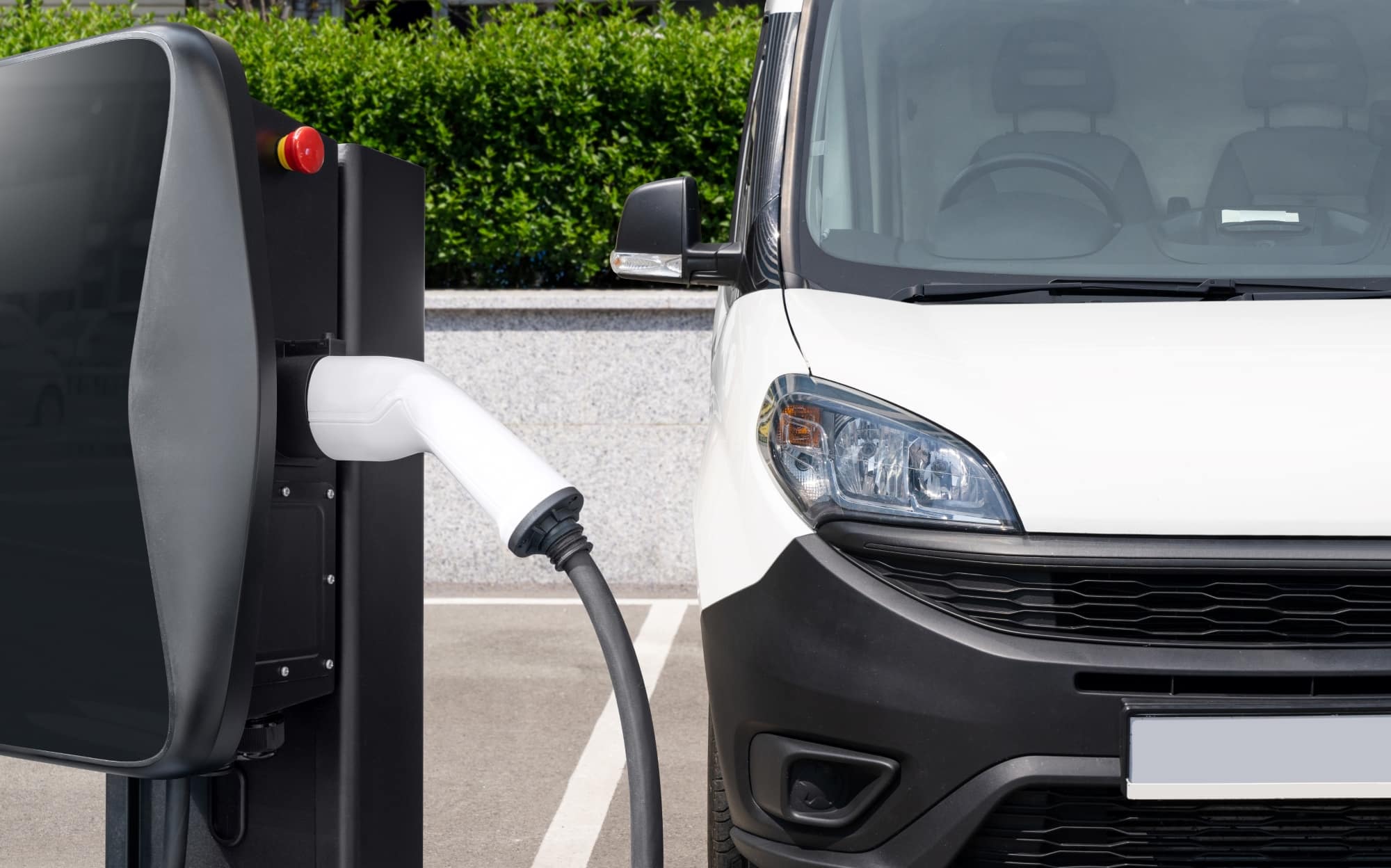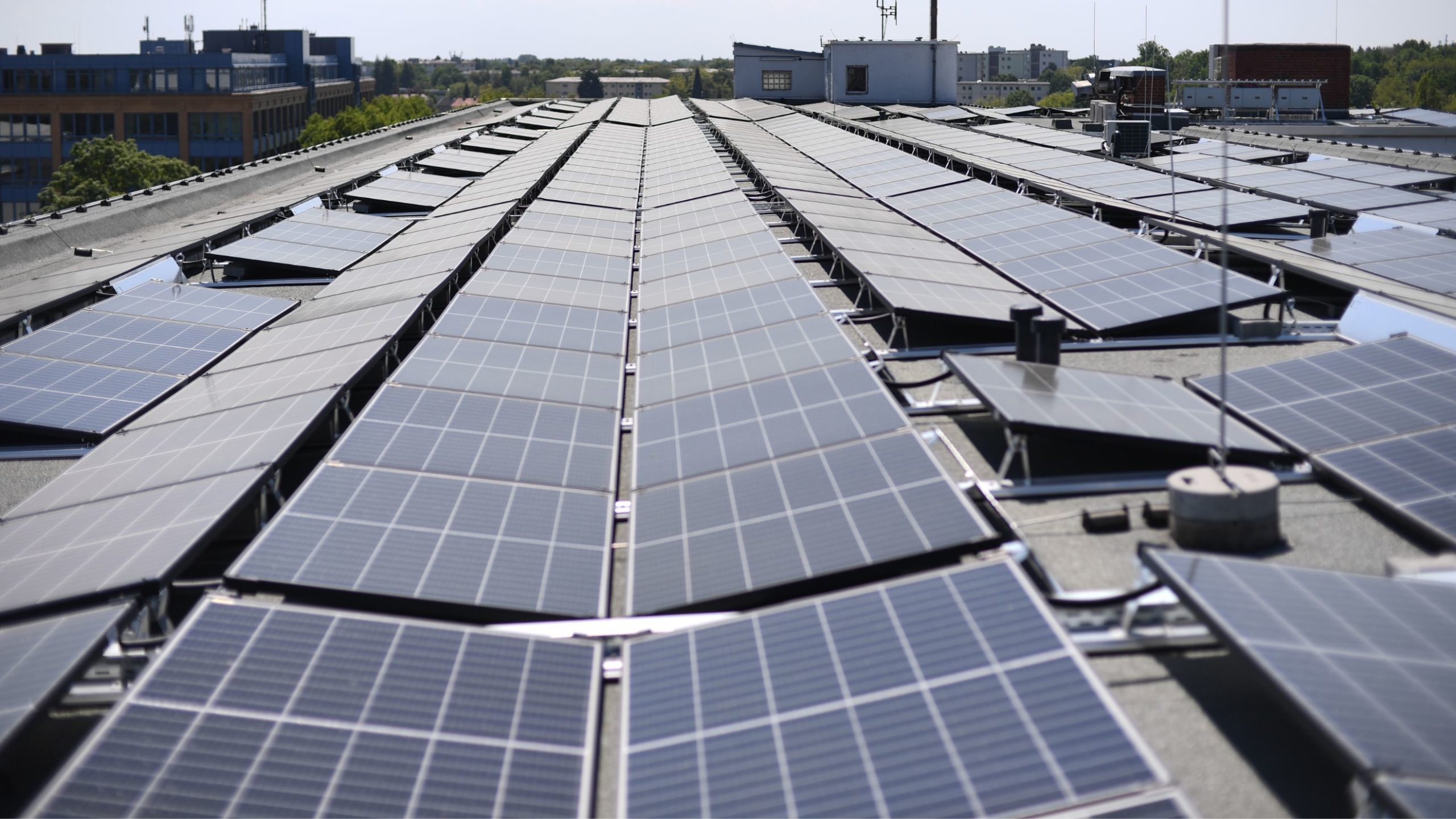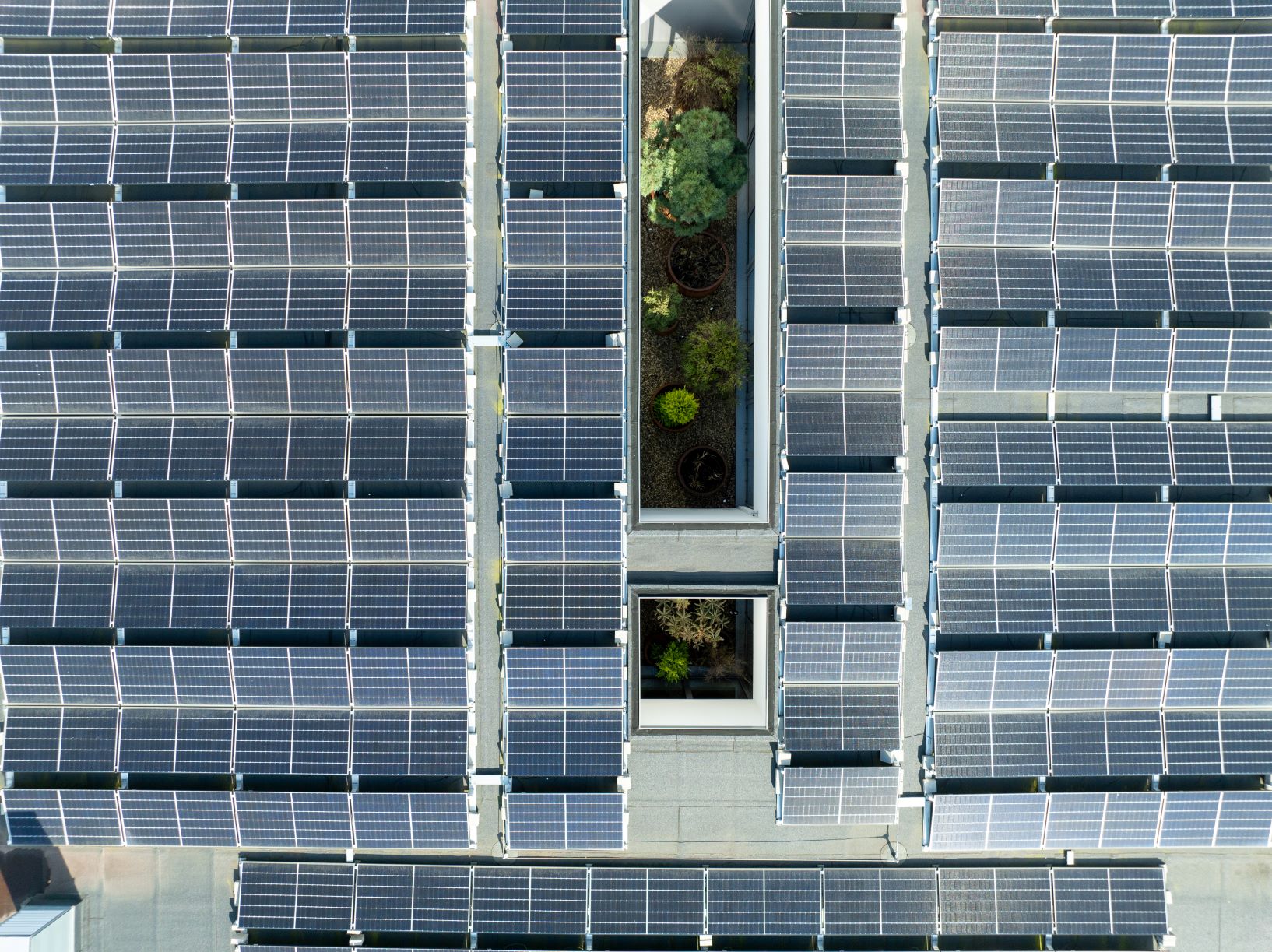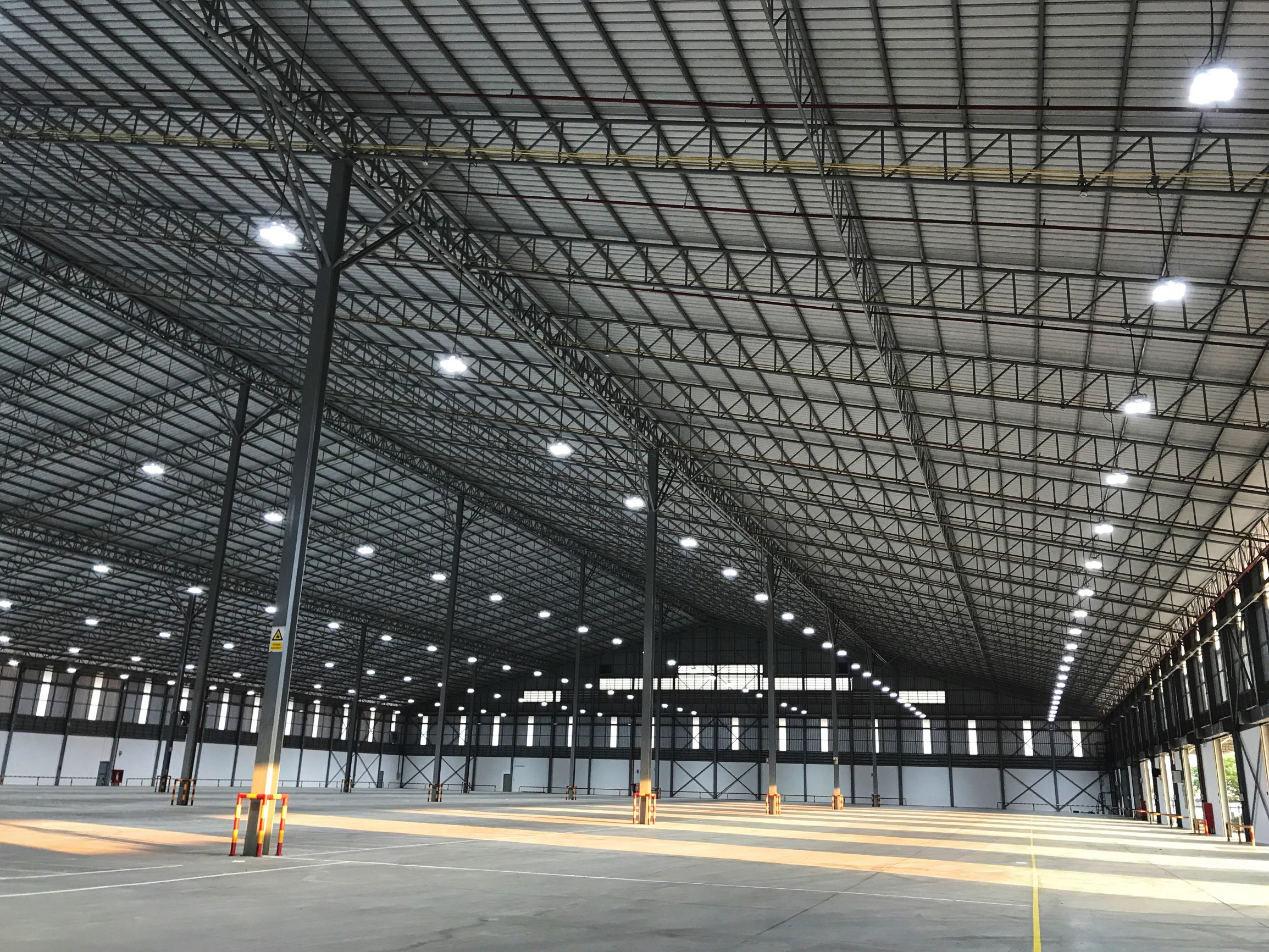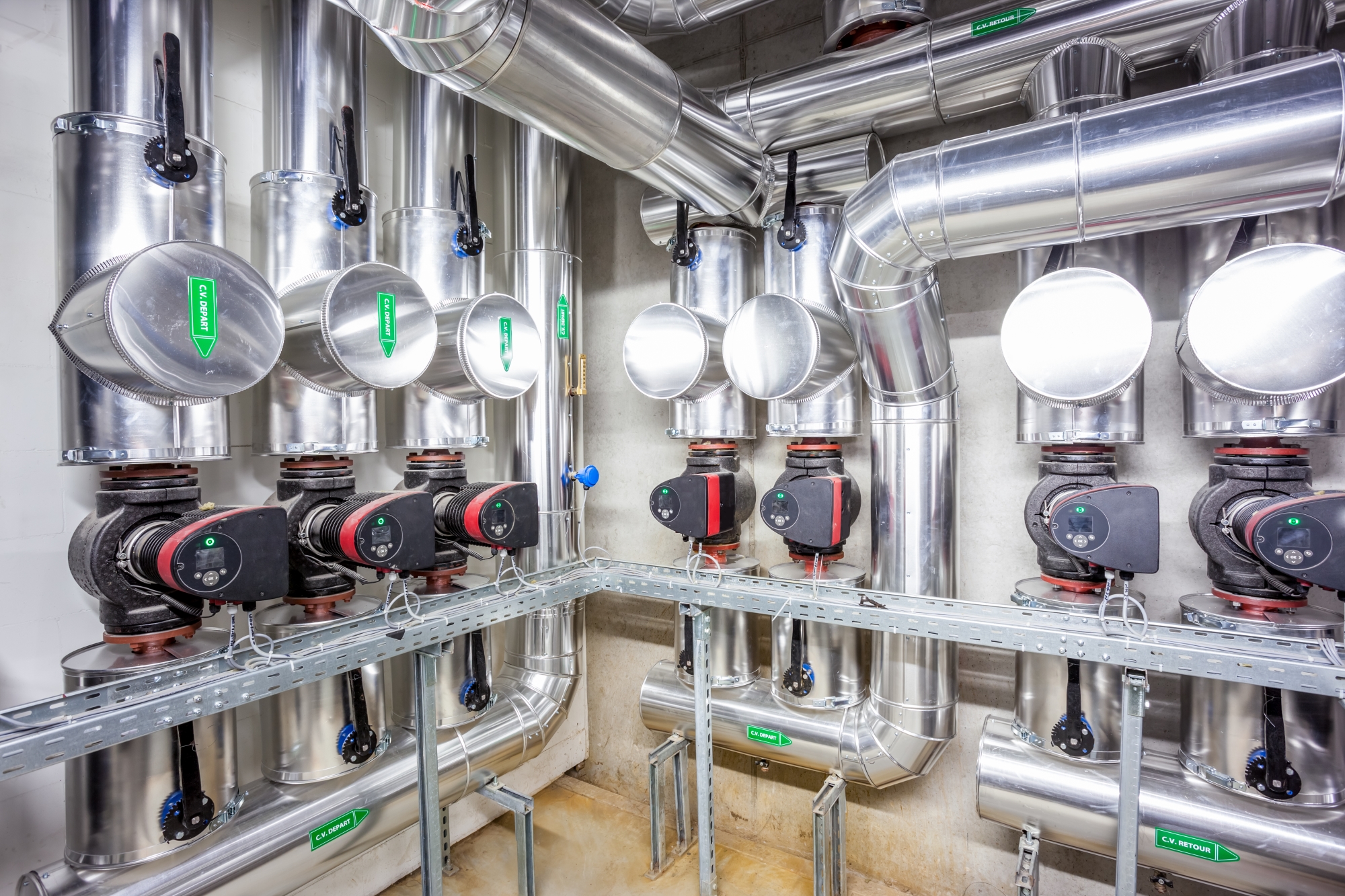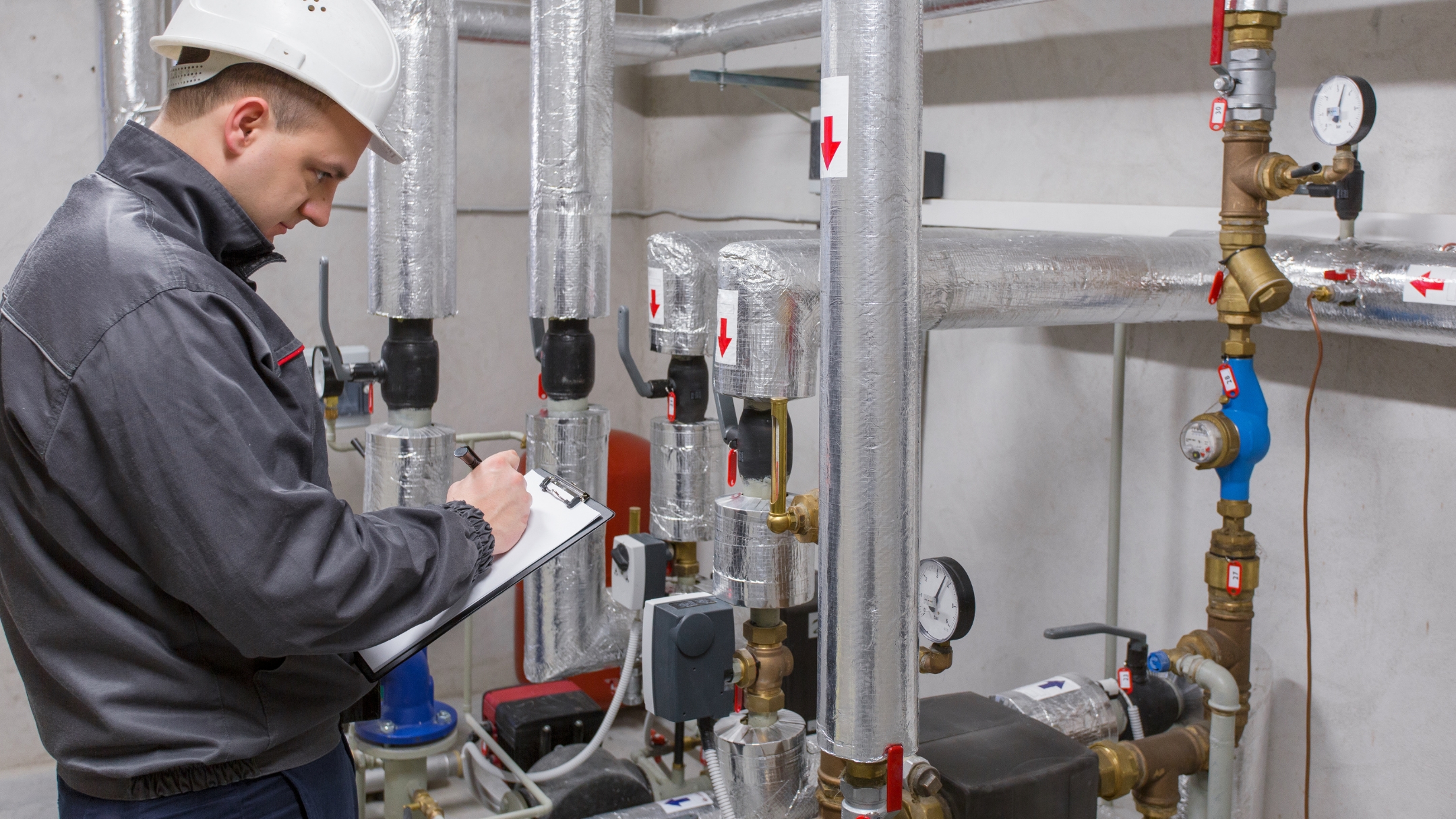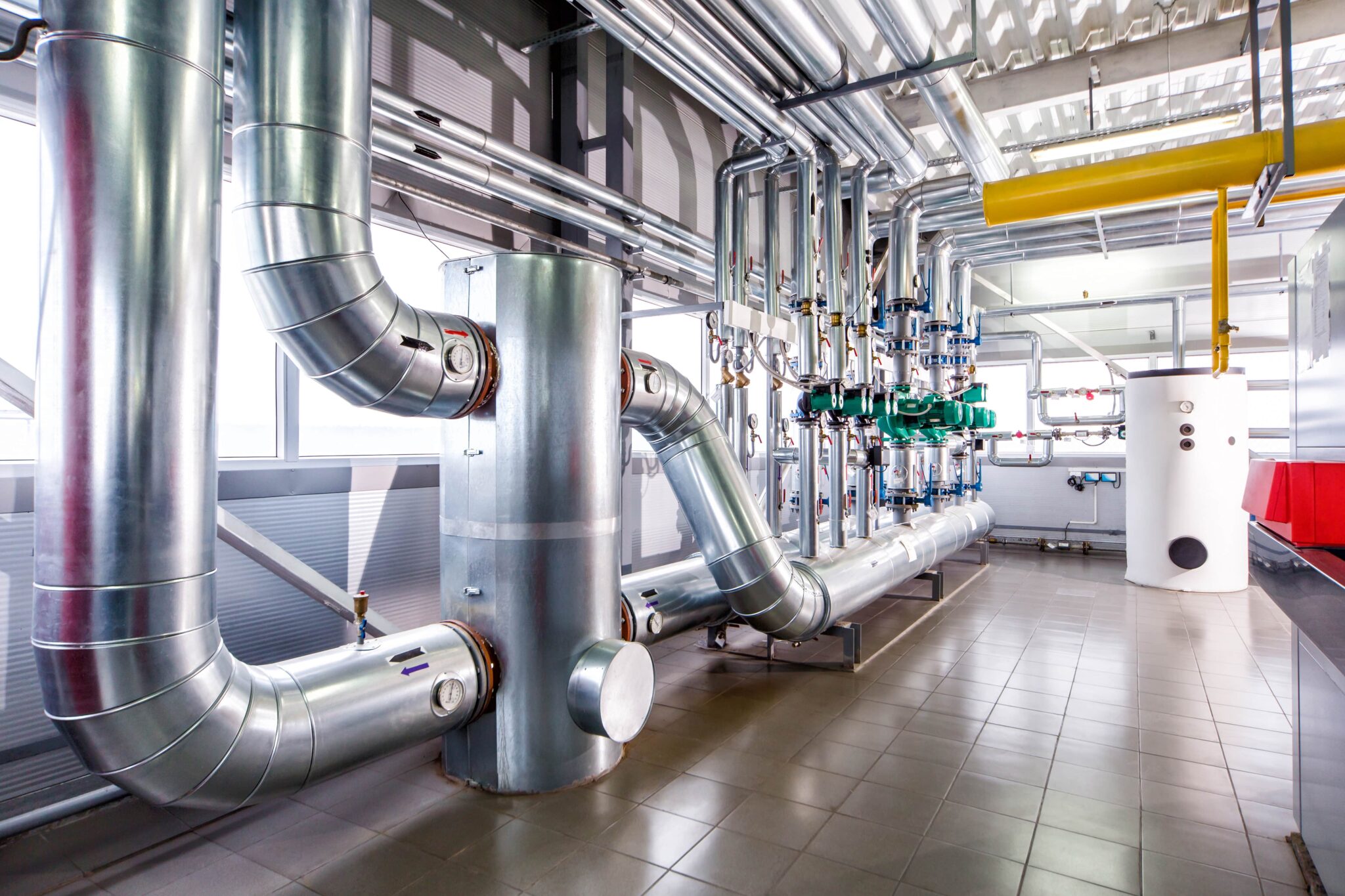In order to have an overview of a company’s energy situation, it is important to monitor its consumption. Carrying out an energy analysis enables you to detect over-consumption and determine the measures you need to take to improve. With a view to continuous improvement, regular monitoring is essential.
Continue reading “Analysis of your company’s energy situation”Sector: Craft Industry
Purchase of electric utility vehicles
Electric mobility, a key element in the decarbonisation of your company
In order to achieve carbon neutrality by 2050, replacing internal combustion vehicles with electric vehicles is crucial. Greenhouse gas (GHG) emissions linked to the transport of people and goods keep rising within the European Union. This concerns all types of vehicles, and a transition is necessary to meet national and European targets.
Purchasing these vehicles in principle requires the installation of one or more electric charging station(s) and can be supplemented by the installation of photovoltaic panels.
Key steps and aspects to consider when planning and implementing this change are outlined below.
Continue reading “Purchase of electric utility vehicles”Installing photovoltaic panels on company roofs
Photovoltaics: an environmentally and financially interesting alternative for your company’s electricity production
A photovoltaic installation enables you to produce renewable electricity and to decouple part of your electricity costs from market price fluctuations. Beyond self-consumption, there are other support mechanisms that can represent an interesting economic model, such as the guaranteed feed-in tariff or the market premium resulting from a call for tenders. The installation can be financed from your own funds or by a third-party investor, who can also take care of its planning and completion.
Continue reading “Installing photovoltaic panels on company roofs”Self-consumption and electricity sharing
Promoting self-consumption and electricity sharing within your company
Self-consumption refers to using the electricity that you generate on your own. This approach helps you become less reliant on the energy market and suppliers, insulating you from price fluctuations. For instance, by installing solar panels, you can produce renewable electricity that meets your company’s electrical needs, whether it’s for lighting, powering an EV-charging station, or running other appliances. Additionally, this self-produced energy can also be used to power larger systems like heat pumps.
The following article provides an overview of various self-consumption methods, highlighting their benefits and drawbacks, along with the necessary procedures, available subsidies, and relevant measures.
Continue reading “Self-consumption and electricity sharing”Staff awareness campaign
Running awareness campaigns within your company
Individual behaviour has a major influence on resource consumption. To make employees aware of the impact of their actions, an awareness campaign is ideal.
The details below provide guidelines for setting up a staff awareness campaign, to ensure responsibility and lasting commitment to the themes of energy, resources, and climate within the organisation.
Continue reading “Staff awareness campaign”Optimising a company’s lighting system to save on electricity consumption
Energy savings: lighting, a key element in energy consumption in the workplace
Lighting accounts for around 10% of electricity consumption in buildings. The potential savings are quite varied and depend heavily on the condition and management of the lighting system. In order to unlock the full potential, this measure proposes a range of optimisation measures, from simple practical initiatives to a complete overhaul of the lighting system.
Continue reading “Optimising a company’s lighting system to save on electricity consumption”Installing a new heat production unit in a company
The heating installation: an important leverage point in the energy transition
The heat production unit is a major leverage point for a successful energy transition. As its primary purpose is to supply heat for comfort and operational needs, the heating system must be scaled to provide the temperature levels and necessary quantities to keep the business running. Nowadays, there are heat production systems that are adapted to each temperature level are flexible in terms of power and are environmentally friendly.
Continue reading “Installing a new heat production unit in a company”Optimisation of existing in-house heat production unit
Ensuring efficient heating system performance in the workplace
The production of heat for premises and production processes represents a major cost factor. To reduce heating costs, This is why it is essential to ensure that the heating system operates correctly and is as economical as possible. This also includes all peripheral installations, heat production and distribution.
Continue reading “Optimisation of existing in-house heat production unit”Hall and workshop heating
Adaptations for heating halls and workshops
Company halls and workshops, often characterised by large open spaces and high ceilings, present a particular challenge when it comes to installing an energy-efficient, targeted heating system. The ideal heating system for halls must therefore be able to heat the different work areas individually and produce heat at the right height.
Halls and workshops have specific heating requirements due to their size and use. It is therefore essential to carry out a thorough requirements analysis before installing a new heating system.
Continue reading “Hall and workshop heating”Installing a charging infrastructure for electric vehicles on company premises
Electric mobility, a key element in decarbonising your business
Electric cars are part of the solution to successfully decarbonising your company’s vehicle fleet. It is also essential to set up a suitable charging infrastructure within the company so that the logistics of charging can be managed internally. For greater autonomy, the system can be combined with a solar power installation.
Continue reading “Installing a charging infrastructure for electric vehicles on company premises”
